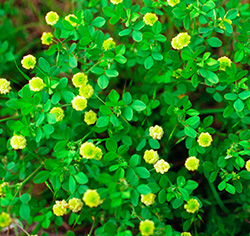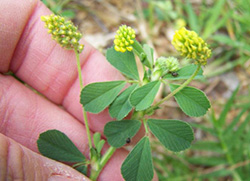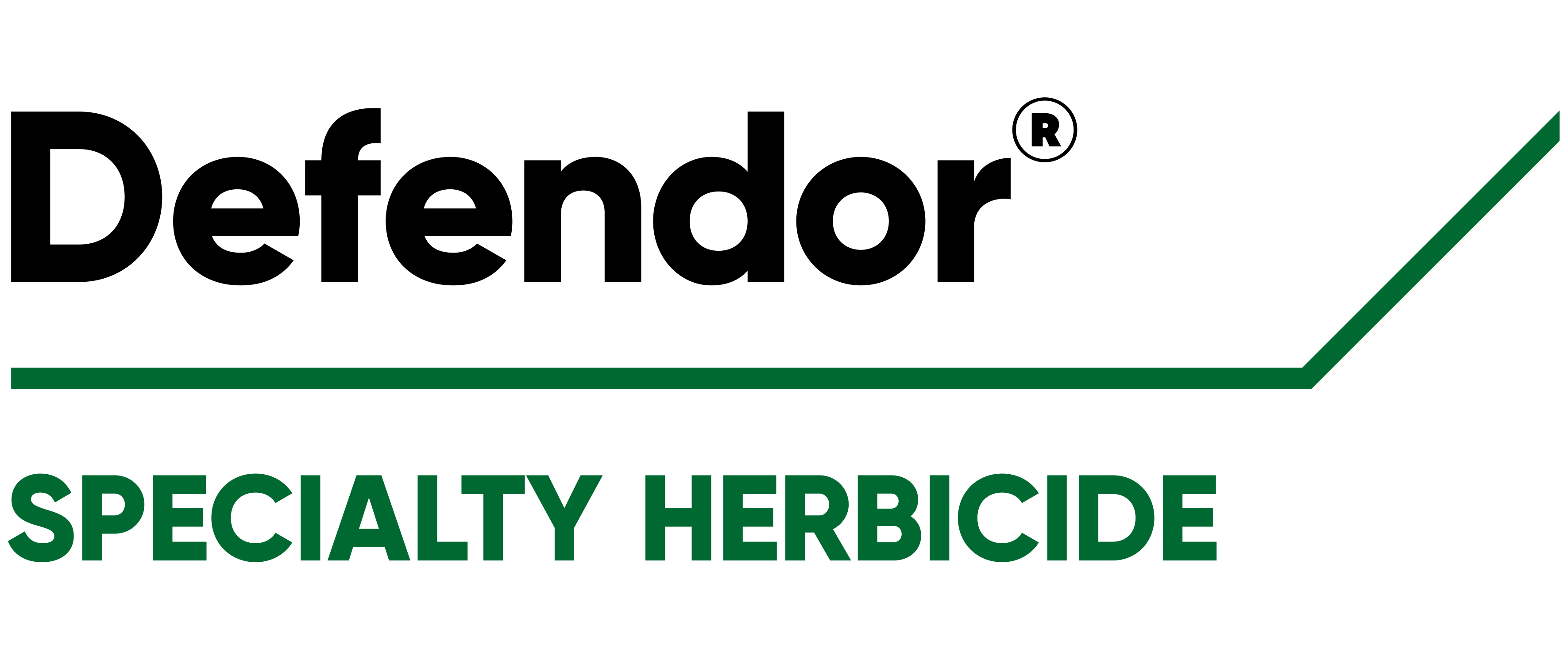Is it Large Hop Clover or Black Medic

Large hop clover (Trifolium campestre) and black medic (Medicago lupulina) are often confused as a result of their similar yellow flowers. Learn how to differentiate the two with these helpful identification tips.
 What to look for: Sprawling growth habit and bushy appearance; trifoliate leaves similar to white clover, short, hairy stems, reddish in color
What to look for: Sprawling growth habit and bushy appearance; trifoliate leaves similar to white clover, short, hairy stems, reddish in color
Life cycle: Winter annual; spreads by reseeding itself; often forms colonies
Leaves: Alternate leaves are trifoliate with long, hairless petioles; leaflets have prominent veins, with the terminal leaflet on a short stem
Flowers: Bright yellow flowers grow in clusters during summer months; each produces a single seed
Roots: Grows from a taproot, which can form nodules on secondary roots
Look-alikes: Black medic, yellow woodsorrel, other clovers
Commonly found: Sunny, moist sites
 What to look for: Low-growing habit; bright yellow flowers and leaf arrangement
What to look for: Low-growing habit; bright yellow flowers and leaf arrangement
Life cycle: Annual or perennial that germinates in spring or fall; reproduces by seed
Leaves: Fully divided into three egg-shaped leaflets with toothed edges; stalk of the middle leaflet is longer than those of lateral leaflets
Flowers: Bright yellow flowers bloom from April through July; 10 to 20 pealike flowers cluster to form a rounded flower head
Roots: Grows from a taproot
Look-alikes: Large hop clover, California burclover, yellow woodsorrel
Commonly found: Lawns stressed from compaction, heat and drought
Apply a postemergence herbicide, such as Defendor® specialty herbicide, when the plants are young and actively growing. Black medic and clover species are particularly susceptible to products containing florasulam, the active ingredient in Defendor. Because Defendor works well in cooler temperatures, time your application in early spring or fall. |
 |
State restrictions on the sale and use of Defendor® apply. Consult the label before purchase or use for full details.
When it comes to the challenges you face, you’re the expert. We’re here to help you tackle those challenges and bolster your business.
Effective weed control starts with identification. Learn to identify 90+ grassy and broadleaf weeds.